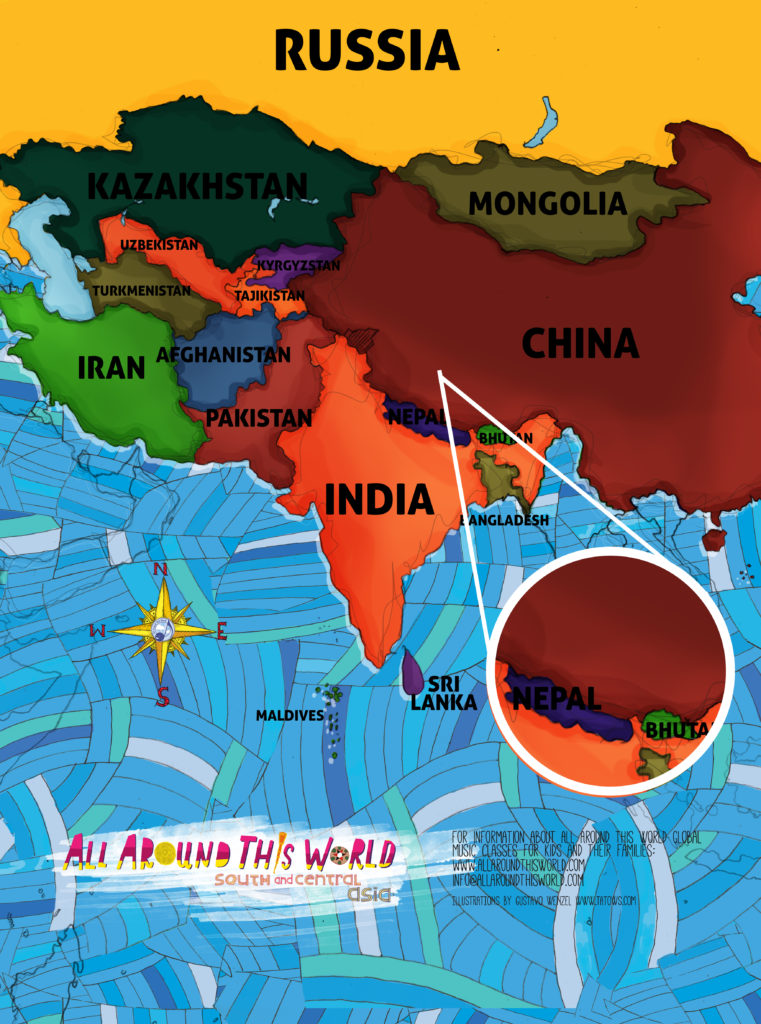There is only one Sherten!
In our online class this week we mentioned the Dalai Lama and Tibetan spirituality, both of which are essential to appreciating Tibetan culture, but there’s so much more to Tibet than Buddhism and the Lama. If you’re looking for modern Tibetan music, albeit with a traditional twist, you may also want to check out popular Tibetan musicians such as the one and only Sherten (short for Sherab Tendzin), who won “Best Male Singer” at the 2009 Tibetan Music Awards because of heartfelt songs like this one and the now-defunct Rangzen Shonu — “basically the best music band in the history of Tibet”. (If you invite musicians who love Rangzen Shonu over to your apartment, be ready for a party like this.)


